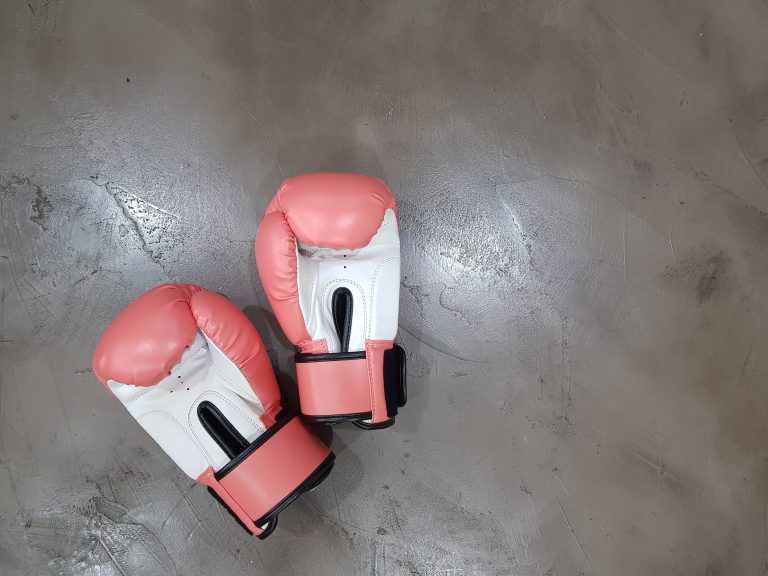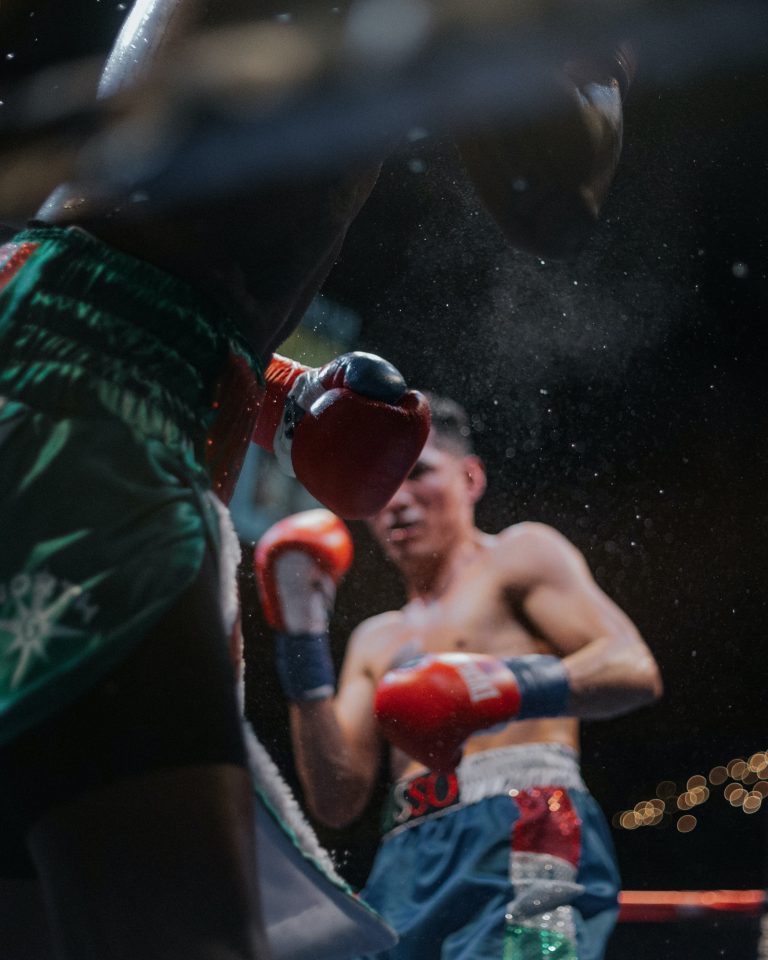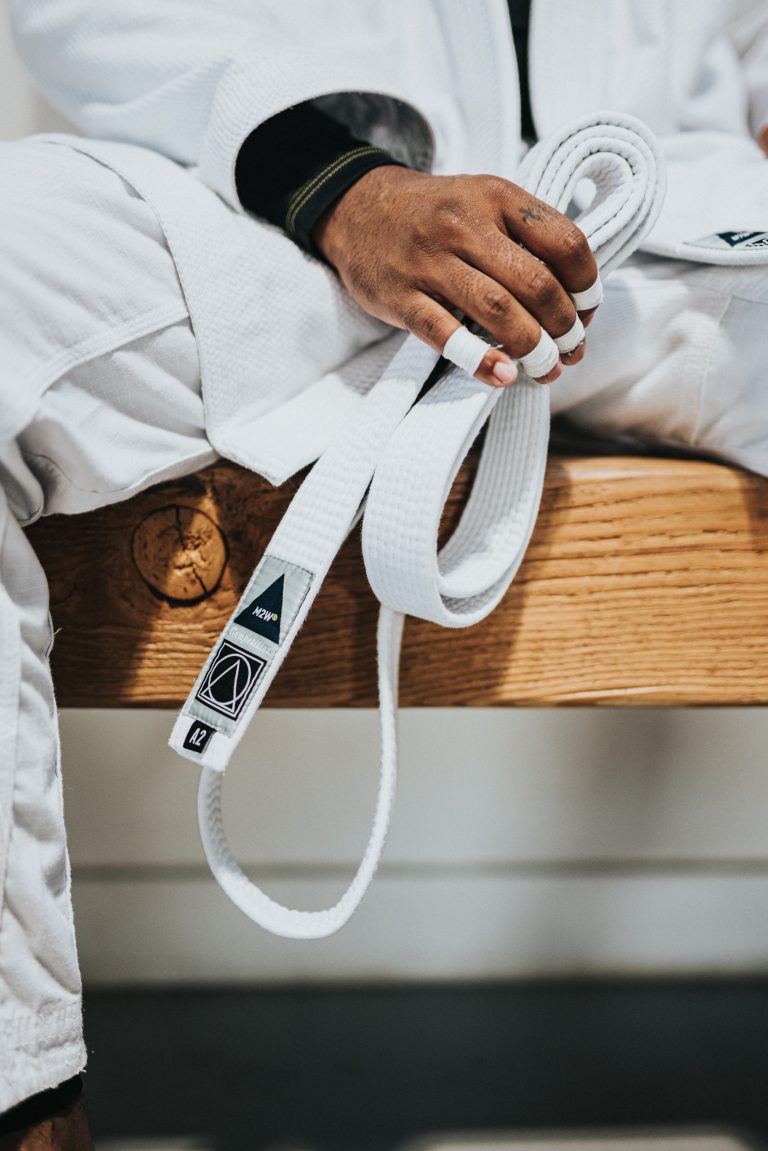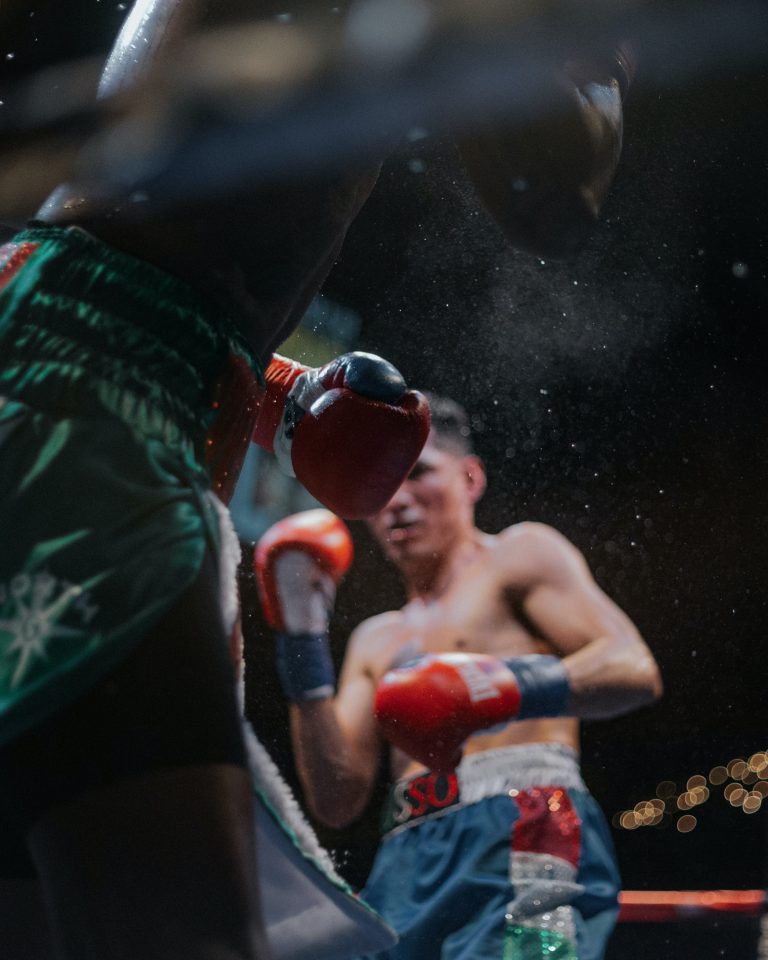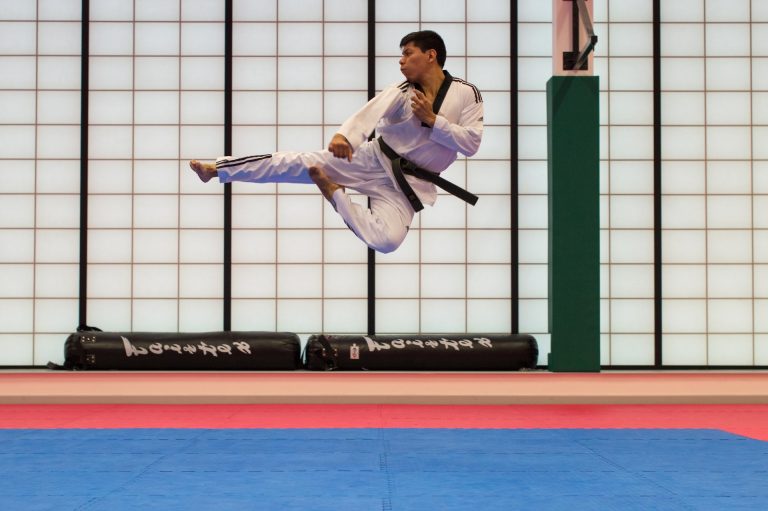Understanding Karate-Do Stances: A Comprehensive Guide
Karate-Do is a Japanese martial art that emphasizes self-discipline and personal growth. It is characterized by its unique stances that are critical to mastering karate-do techniques. A good understanding of karate-do stances is essential for any practitioner starting their journey in karate-do.
In this blog post, we will discuss karate-do stances in detail, including their types, how to execute them correctly and their significance in karate-do. So, let’s dive in.
What are Karate-Do Stances?
Karate-do stances, also known as ‚dachi‘ in Japanese, are the fundamental body positions that allow a practitioner to maintain balance and exert power while performing karate-do techniques. There are various types of stances in karate-do, and each serves a unique purpose. Proper mastery of the stances is a critical component in executing karate-do techniques correctly.
Types of Karate-Do Stances
1. **Zenkutsu-Dachi:** The Zenkutsu-Dachi stance is a forward stance. In this stance, one foot is extended forward, and the other foot stays behind, with both feet facing forward. The front knee is bent, and the back leg is straight. The weight of the body should be balanced between both legs.
2. **Kiba-Dachi:** The Kiba-Dachi stance is a horse stance. In this stance, the feet are shoulder-width apart, and both feet face forward. The knees are bent, and the back is kept straight. The weight of the body should be equally distributed between both legs.
3. **Shiko-Dachi:** The Shiko-Dachi stance is a sumo stance. In this stance, the feet are spread shoulder-width apart, and both feet point outwards. The knees are bent, and the back is kept straight. The weight of the body should be distributed evenly between both legs.
4. **Kokutsu-Dachi:** The Kokutsu-Dachi stance is a back stance. In this stance, one foot moves back, and the other foot stays forward, with both feet facing forward. The back knee is bent, and the front leg is straight. The weight of the body should be balanced between both legs.
5. **Fudo-Dachi:** The Fudo-Dachi stance is a ready stance. In this stance, the feet are shoulder-width apart, and both feet face forward. The knees are slightly bent, and the back is straight. The weight of the body should be balanced between both legs.
6. **Sanchin-Dachi:** The Sanchin-Dachi stance is a front-facing, short stance. In this stance, both feet are close together, with the toes pointing slightly inward. The knees are bent, and the hips are slightly tucked in. The weight of the body should be evenly spread across both legs.
How to Execute Karate-Do Stances Correctly
Proper execution of karate-do stances is essential for a practitioner to maintain balance, deliver maximum power, and avoid injuries. Here are a few guidelines to follow:
1. **Maintain proper posture:** Keep your back straight, chest out and shoulders relaxed. Maintain good posture to avoid strain on your back muscles.
2. **Maintain your center of gravity:** Your center of gravity should be situated between your feet. This ensures maximum stability and balance.
3. **Distribute your body weight evenly:** Distribute your body weight evenly between your legs to maintain balance, stability, and power.
4. **Maintain proper foot placement:** Make sure that your feet are correctly placed in each stance. Ensure that your feet point in the correct direction, as required.
5. **Bend your knees appropriately:** Different stances require different knee bending angles. Maintain proper knee bending to ensure correct execution of each stance.
The Significance of Karate-Do Stances
Karate-do stances are crucial in executing various techniques, including blocks and strikes. They allow practitioners to maintain balance and stability while delivering maximum power.
Mastery of karate-do stances requires discipline, patience and dedication in training. Continuous practice and a proper understanding of each stance’s significance ensure that a practitioner can correctly execute techniques to their fullest potential.
What is Meant by Karate-Do Stances?
Introduction
Karate-Do is a martial art that originated in Okinawa, Japan. It involves a combination of kicks, punches, blocks, and strikes that are used in self-defense or competitive combat. One of the essential elements of Karate-Do is stances. Proper stance is crucial in Karate-Do as it provides a stable base for movement and optimal positioning for techniques. In this article, we will discuss the most frequently asked questions about Karate-Do stances.
What Is a Karate-Do Stance?
A Karate-Do stance is a position of the body that aids in the delivery and control of Karate-Do techniques. The stance involves positioning the feet and body in specific ways to optimize stability, balance, and strength. Karate-Do stances are wide, deep, and low, providing a strong foundation for powerful strikes or kicks.
What are the Different Types of Karate-Do Stances?
There are various types of Karate-Do stances, each serving different purposes. Some common stances in Karate-Do include:
Zenkutsu-dachi (Front stance)
Zenkutsu-Dachi is a fundamental stance in Karate-Do, and it involves placing one foot forward and the other back, with the front knee bent and the back leg straight. The feet are roughly shoulder-width apart, with the bodyweight primarily on the front leg.
Kokutsu-dachi (Back stance)
Kokutsu-Dachi is a stance in which the feet are staggered, with the back leg bent and the front leg straight. The bodyweight is mainly on the back leg, providing a stable base for powerful blocks and strikes.
Kiba-dachi (Horse stance)
Kiba-Dachi is a deep, wide stance that involves placing the feet roughly twice the shoulder’s width apart, with the toes pointed outward. In this stance, the knees are bent, and the bodyweight is evenly distributed between the feet. This stance is useful for powerful strikes and kicks.
Neko-ashi dachi (Cat stance)
Neko-Ashi Dachi is a narrow, short stance in which the feet are close together, with one foot slightly behind the other. The weight is primarily on the back leg, with the front foot providing support and balance. This stance is useful for quick movements, such as lateral evasion or counter-attacks.
How Do I Use Karate-Do Stances?
Karate-Do stances are used to provide a strong foundation for techniques such as strikes, kicks, and blocks. Proper use of the stances leads to optimal body position, stability, and balance, allowing for maximum power and control in Karate-Do techniques.
When using a Karate-Do stance, always keep the following in mind:
– Feet should be positioned correctly, with toes pointing in the right direction.
– Weight should be evenly distributed between the feet.
– Knees should be bent, providing stability and balance.
– The body should be upright, with shoulders relaxed.
– The stance should feel comfortable and natural.
What is Meant by Karate-Do Stances: A Comprehensive Guide
Karate is a popular martial art that originated in Okinawa, Japan, in the early 20th century. It is characterized by a wide range of techniques including punches, kicks, knee and elbow strikes, and open-handed techniques. Karate students also learn specific stances that are used to develop strength, balance, and stability. In this guide, we will dive into the world of Karate stances and take a closer look at what they are and how to execute them properly.
What are Karate-Do Stances?
In Karate, a stance is a position that a practitioner assumes in order to execute techniques or to prepare for further movements. Karate stances are not just static positions; they are dynamic movements that require proper balance, strong lower body muscles, and concentration. The stances are also used to help with the flow of the techniques and movements that make up Karate.
Why Are Stances Important?
Stances are essential in Karate training for several reasons. Firstly, they help the practitioner to develop a strong and stable base. A solid stance allows for greater control and balance, which are important in executing powerful techniques. Secondly, stances help to build lower body strength, which is crucial to perform high kicks and other dynamic techniques. In addition to strength and stability, stances also allow for deeper breathing and concentration, which are critical for executing techniques with precision and focus.
Common Karate-Do Stances
There are numerous stances used in Karate training. Here are some of the most common Karate-Do stances and how to execute them:
1. Heisoku Dachi (Feet Together Stance)
This is the most basic stance in Karate training. Start by standing up straight with your feet together. Your heels should be touching, and your toes should be pointing slightly outward. Keep your knees straight and your posture relaxed. This stance is also used as a starting and finishing point for many Karate techniques.
2. Musubi Dachi (V-stance)
This is another basic stance that is commonly used. Start by standing up straight with your feet together. Move your left foot out about shoulder width in front of you, pointing slightly outward. Then, slide your right foot back so that it is angled at about 45 degrees. Keep your knees slightly bent and your posture relaxed. This stance is commonly used as a preparatory stance for punches, blocks, and kicks.
3. Kokutsu Dachi (Back Stance)
Start by standing up straight with your feet together. Take a step back with your left foot, placing it behind you at a 45-degree angle. Keep most of your weight on the back foot, with the front foot pointed slightly outward. The back foot should be firmly planted on the ground, and the knee should be slightly bent. This stance is often used for defensive movements.
4. Zenkutsu Dachi (Front Stance)
This is a forward-leaning stance that is used for many Karate techniques. Start by standing up straight with your feet together. Take a step forward with your left foot, placing it straight ahead of you. Your front foot should be pointing straight ahead, while the back foot is at an angle of about 45 degrees. Keep your knees bent, and your weight distributed evenly over both legs.
5. Kiba Dachi (Horse Riding Stance)
Start by standing up straight with your feet together. Move your left foot out to the side, about shoulder-width apart, and point it slightly outward. Then, move your right foot out to the side, also about shoulder-width apart, and point it in the same direction as the left foot. Keep your knees bent and your weight evenly distributed over both legs. This stance is commonly used for low kicks and strikes.
Conclusion
Karate stances are an essential aspect of Karate training. They help to develop strength, balance, and stability, which are necessary for executing techniques with precision and power. By mastering these stances, a Karate student can improve their technique, gain greater control over their movements, and develop deeper concentration and focus. Practice makes perfect, so make sure to practice these stances regularly with the help of a qualified Karate instructor for maximum effectiveness.
Inhaltsverzeichnis

